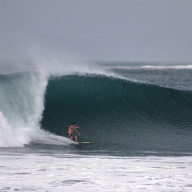Best International Real Estate Buys For 2017
International real estate is one of the best investments someone can make.
On the surface, owning property in a different country just seems like an exotic idea that you can brag to your friends about.
But, the advantages of owning foreign real estate go much further than your bragging rights.
Foreign real estate offers an investor a true way to diversify. Most investors believe that diversifying means that you just buy a bunch of different stocks and hope that you’ll make some money over the long term. If one of their stocks crash, then they’ll have other stock holdings that will make up for their loss.
While this diversification in a person’s stock portfolio may work, it’s hardly a diversification for an individual’s overall wealth.
Buying real estate in a country other than the one you reside in, is a perfect way to truly spread your wealth to ensure you have a real safety net.
When you own a property in a different country, you are truly moving your wealth away from any risk you have at home.
For some, this may seem ridiculous. If you’re living in the US, you may be thinking, “What risk do I have at home?”
I’ll stay away from any hypothetical situations where a bank crashes or the government confiscates your possessions. Instead, let’s look at a totally realistic example…
What if you are sued for something? What if you mistakenly get in a car crash and kill someone? What if someone gets seriously injured in your home?
Although unlikely, these are real scenarios that happen everyday, which often results in people losing big money in court cases. If you can’t payout the settlement, then your assets are seized.
Well, foreign real estate can never be confiscated by your home country – it’s foreign! That’s the whole idea of having wealth in a different nation.
And owning foreign real estate goes beyond diversification. There are opportunities out there to make real money in ways that are simply not available in your home country.
One example that I have written about many times is buying real estate where you have a currency arbitrage opportunity. This means that you buy real estate that is denominated in a currency other than the one you are holding. When you convert your currency into the foreign currency you can gain a huge amount of buying power. It’s just a matter of finding the right situation.
Another way you can make money from buying foreign real estate is simply by discovering a great place before the rest of the market. It seems simple, and it is. We’ve all heard the stories of those who bought property in Mexico, Costa Rica, or even Hong Kong. These early buyers found a great place selling for rock bottom prices. Then ten years later, when the rest of the world discovered these amazing places, real estate prices shot through the roof.
There are many, many different strategies to profit from foreign real estate, but one of the biggest profits is the personal experience.
This is something that is hard to quantify. How do you put a price tag on the happiness you get from owning a beautiful home?
Well… it’s easy. Just look at beach front property in any country. There are HUGE price tags on these properties. That’s because people value their experience.
The bottom line is that foreign real estate is not only a great investment, but it’s a great lifestyle enhancer.
Instead of dwelling on reasons why you should start looking outside your borders, I’m going to give you my top foreign real estate buys for 2017.
I’ve decided not to put them in order. Instead, I am just lumping all of my picks into one group that you can take a look at.
There is just too much subjectivity when it comes to ‘the perfect destination.’ Some people like cold weather, some people like hot weather. Some like Latin culture, while some like European. Some people prefer the beach, while others prefer the mountains. Some want to use the US dollar, while others want nothing to do with it.
I’ve used a variety of different metrics to narrow down my selections. I’ll briefly explain each of these, so you understand how I came to my decisions.
The first metric I used was the International Property Rights Index for 2016. This index ranks countries based on three different categories:
- Legal and political environment.
- Physical property rights.
- Intellectual property rights.
Within these three categories are a number of different components that the IPRI looks at. Things like rule of law, political stability, and registering property all go into the ranking system.
The IPRI is a great way to get a sense of how stable a country is in regards to long-term investment security. This is obviously important, as any property investment is normally a large sum of money.
However, the IPRI does not take into account any investment potential. This means that most of the top ranked countries in the index are expensive! And this is to be expected; you get what you pay for.
Expense, in terms of an investment, is the most important component to consider regardless of what you are buying. Whether it’s property, stocks, bonds, or a collectible, anything can be too expensive.
Companies like Coca Cola, General Electric, or Proctor and Gamble are considered some of the best in the world. But sometimes they are too expensive to buy. Same with property.
So, in order to determine which countries are selling at the best prices I looked at a couple of different metrics to determine the best values.
I looked at currencies to see what countries had the largest spread compared to major currencies like the euro or US dollar. What I mean by this, is that I looked for currencies that had changed the most over the past several years giving US dollar (or euro) holders the most buying power.
This strategy is basically currency arbitrage, which I have written about many times before. If we look at countries that have had major currency moves (and we are holding a stronger currency), then we are literally buying property ‘on sale.’
I also looked at valuation metrics like the CAPE ratio. The cyclically adjusted price-to-earnings ratio is calculated by determining the price divided by the average of ten years of earnings. Essentially, the CAPE ratio forecasts future earnings.
The higher the CAPE ratio, the lower the future earnings and vice versa. The ‘price’ for the CAPE ratio in foreign markets is usually determined by the largest stock exchange within that country.
So, for our needs, the CAPE ratio in relation to foreign real estate is not the best comparison. We are looking at property values, not stock values. But, if we can see which markets are the cheapest (with the most growth potential), then we can reasonably assume that that country’s property market may see growth as well.
Finally, the last metric I used was my own (and very subjective). I looked for countries that are disliked because of recent news events that have short term negative effects. One country that I picked is especially prone to this bad reputation, but on a historical level it’s one of the most important nations in the world because of it’s geographical location.
Again, I have not listed these countries in order. Instead they should be looked at as a group. Each individual investor will have specific needs and desires that make it impossible to say one country is better that the other. Additionally, because of citizenship and geographical location issues, some regions are simply inaccessible to some investors.
As a last note, you will notice that I have not added an extensive description for each of the countries I have listed. This is on purpose, as I will be going much more in depth about each country over the next year.
I’ll even be providing specific investment opportunities in these countries, both in real estate and in companies (stocks, equity, etc.). And perhaps, we’ll visit them too.
So, here are my Best International Real Estate Buys For 2017 :
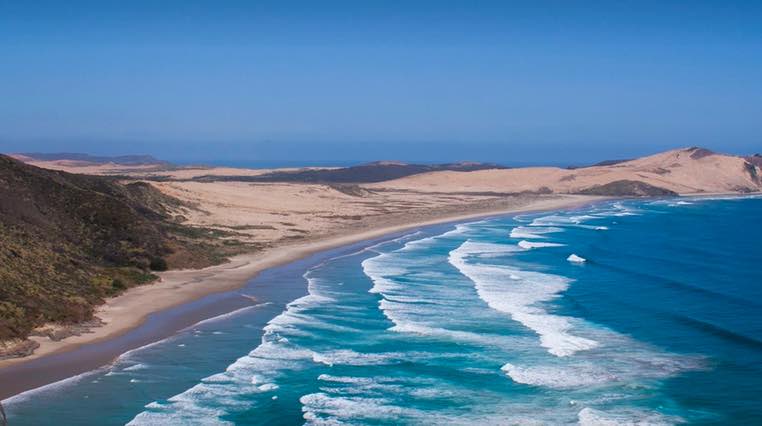
New Zealand
New Zealand ranks number two in the world on the International Property Rights Index. Property prices are not especially low, but the overall population of this island nation is surprisingly low. This has made for a relatively uncrowded market with lots of room to grow.

Panama
Panama is a classic foreign real estate buy, and for good reason. Panama uses the US dollar and has the canal. This makes for relative stability in a region that is prone to corruption and political turmoil.
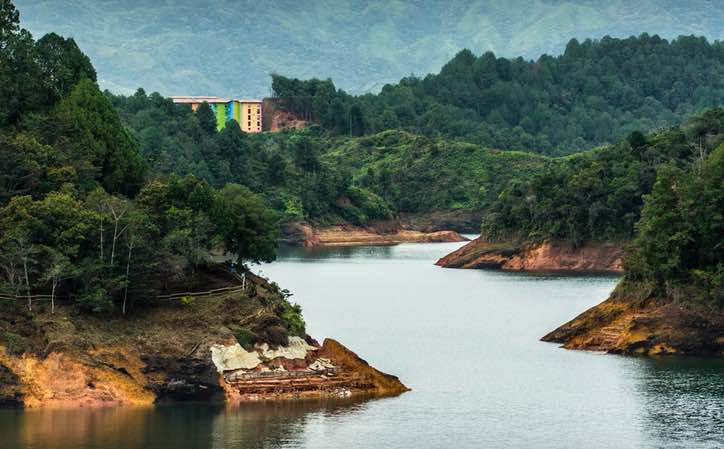
Colombia
Colombia should come as no surprise if you have been following my writing for any time. Colombia has a horrible reputation, but is poised to turn that around in the coming years. Not only do I love to visit this country for its high quality of living, but I actually just purchased real estate there this month.

Chile
Chile is another country that has a very high quality of life. Although it’s a bit difficult for most people to get there, the remoteness creates more value by weeding out the crowds. In addition to residential real estate, there are also great agricultural investment opportunities in the extremely fertile Chilean land.
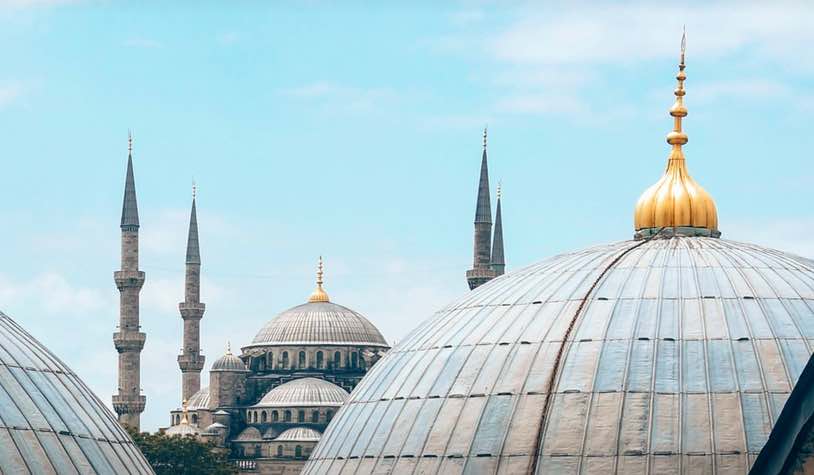
Turkey
This surprises most people. What we hear on the news about Turkey is terrorist attacks and political turmoil. However, what many forget is that Turkey is literally the connection between Europe and Asia. This strategic location has made Turkey the hub for trades and commerce for centuries. With the current turmoil and currency issues affecting Turkey, I view it as a buying opportunity.
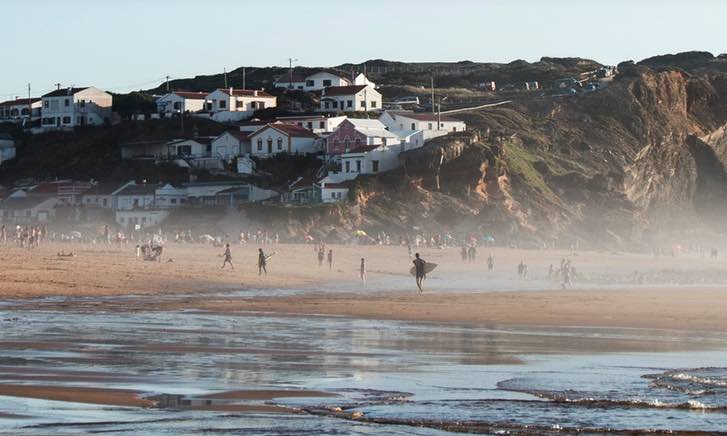
Portugal
Although Portugal does not have any specific currency advantages, much of Portuguese real estate is selling for less than the cost of construction. This means that it would cost more for a person to buy the supplies to build a home than it does to just buy an existing one – and that’s not including the land! This is a true value investment. 
South Africa
South Africa has a variety of things going for it – most of them negative right now. Their currency has been wrecked and the commodity bear market has ravaged their economy. Just like most of the countries on this list, real estate is selling for significantly less than the cost of construction. South Africa is also located in a very strategic location and is extremely rich with resources.
While most of these countries are extremely cheap from an investment perspective, there is no guarantee that they won’t get cheaper.
The saying “don’t catch a falling knife” certainly applies here. You don’t want to charge into any of these markets thinking that you’re getting the deal of the century.
Conversely, if you are looking to invest in a foreign market, you don’t want to wait until you think everything is perfect. The whole point of investing in a distressed foreign market is because you see future upside. If you wait until that upside is there, then you will be priced out of the market, or at least won’t realize large future gains.
There are obviously many places throughout the world to invest in. And even countries like the United States still have real bargains. But these countries I’ve listed as a whole offer some of the best bargains with future profits in store.
Again, I’ll have much more coming over the next year about these places, with some opportunities that will be very exciting.

